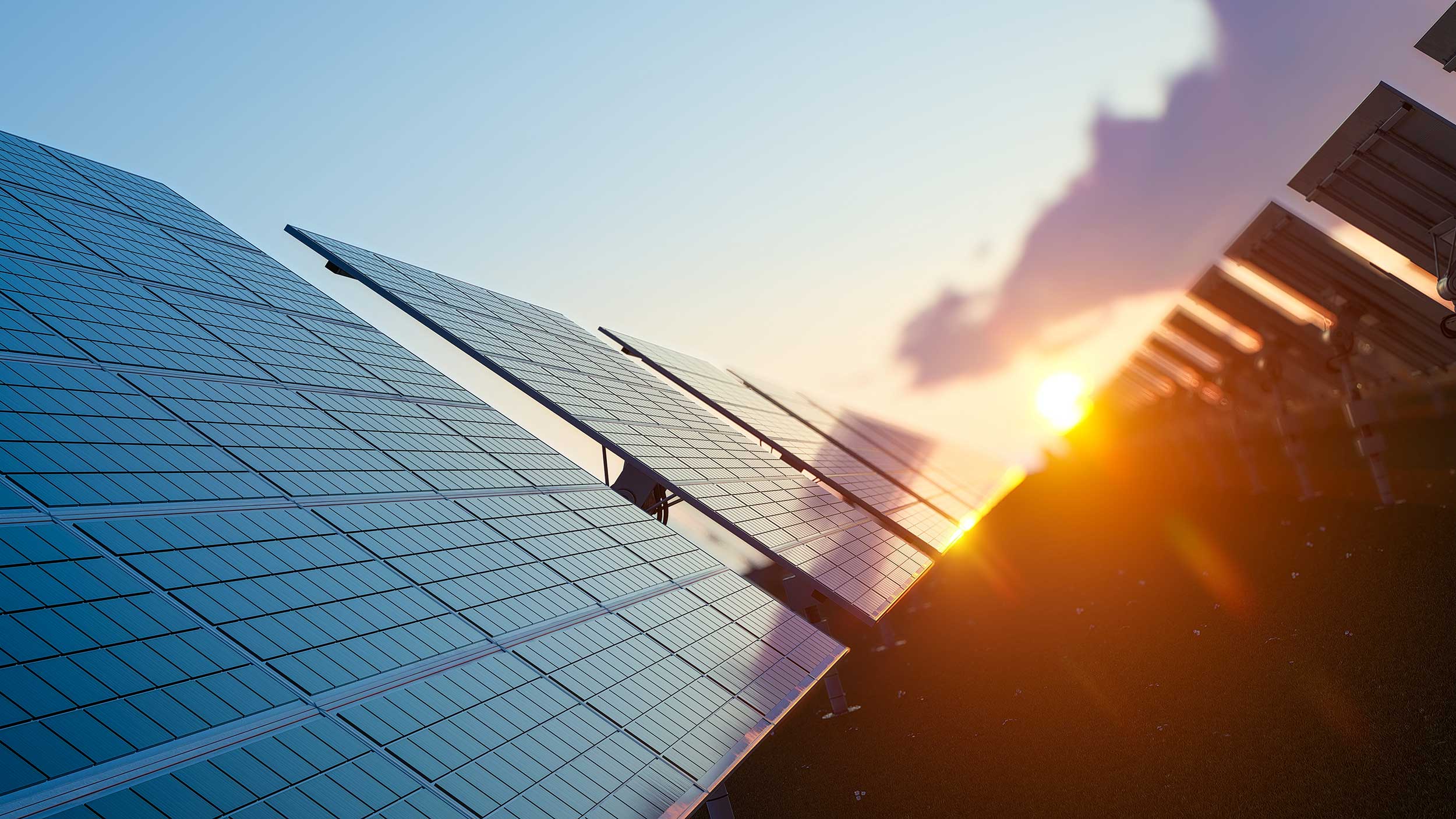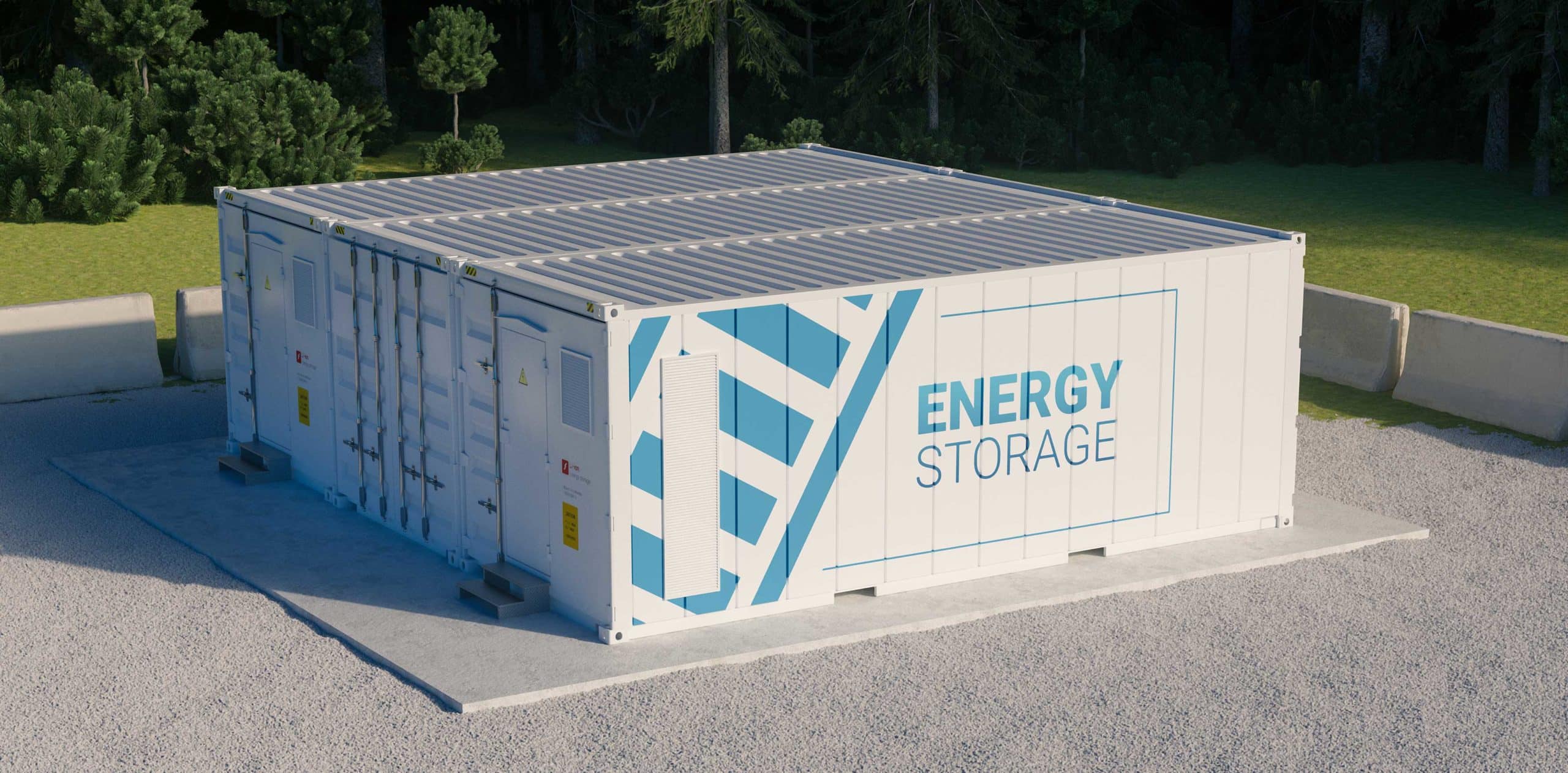Renewable Energy Solutions

Solar PV
Energy from the sun is a limitless renewable source of energy generation that, when combined with a solar photovoltaic panel works by absorbing sunlight and converting it into electricity. Solar PV panels can be building mounted or stand-alone.

Solar PV continued
The electricity generated can be used directly on-site, stored for later use or fed into the grid as part of the switch away from fossil-fuelled generation. This power generated is 100% sustainable, reliable, and increasingly cost-effective. Our solar PV solutions can be combined with batteries, or when used on-site with electric vehicle charging points. We also optimise our solutions by working with leading technology suppliers such as SolarEdge to provide state-of-the-art solutions that offer safe and reliable components that also maximise the available electricity generation.
Grid-scale solar PV solution often focus on solar farms that use former agricultural or other land resources however, innovation now means that opportunities exist to exploit other land uses including infrastructure such as our motorway or rail networks.

Onshore Wind
Although offshore wind forms the backbone of the UK’s renewable power revolution, onshore wind will have an increasing role to play in the future switch to renewable energy.

Onshore Wind continued
Simply put, onshore wind provides electricity generated by wind turbines located on land driven by the natural movement of the air. Usually constructed in areas where buildings and obstacles don’t interrupt the air flow you often see onshore wind farms in fields or more rural areas however, this is likely to change if developers can demonstrate local support and satisfactorily address any impacts identified by the local community.
Wind turbines technology provides solutions that range from a few kW to multiple MW of generation using either conventional or vertical axis designs. All are suitable for onshore use, with larger turbines better suited to dedicated wind farms while smaller turbines can be applied for on-site use across a wide range of locations including urban environments.

Battery Storage
Electricity storage technologies are essential to speeding up the replacement of fossil fuels with renewable energy. While many storage technologies exist, battery storage systems based on lithium-ion batteries are devices that enable energy from renewable generation, like solar and wind, to be stored and then released to customers when they need power the most. They help smooth the imbalance that naturally occurs between the supply of renewable electricity and consumer demand, but batteries can also help grid operators in other ways, all of which provide the opportunity to maximise the value of the installed solution.

Battery Storage continued
Our battery solutions are offered as either in-front of the meter (FTM) or behind-the meter (BTM).
FTM batteries are connected to the distribution or transmission networks, often in alongside a generation asset such as a solar farm. The operate to help the distribution or transmission network operators to manage the system e.g. frequency response or demand response services. Such schemes are typically measured in the 10s of megawatts (MW) and are often collocated with a renewable generation asset.
BTM batteries are located on commercial or industrial sites and are connected behind the electricity meter of the host customer. Their primary aim is to help the consumer manage their electricity costs by storing excess on-site renewable power generation to be used when site demand is higher. These batteries can sometimes also participate in grid support schemes, but the key is to provide a flexible solution that can maximise the value created by the asset. BTM battery solutions can vary from a few kilowatts (kW) to many megawatts (MW) and are best suited to sites equipped with their own renewable or other on-site generation technology.
Request a callback today and a member of the team will be in touch
Contact us
Our On-Site Utility model makes sound commercial sense and offers an easy route to long-term energy price security. Drop us a line to find out more.
